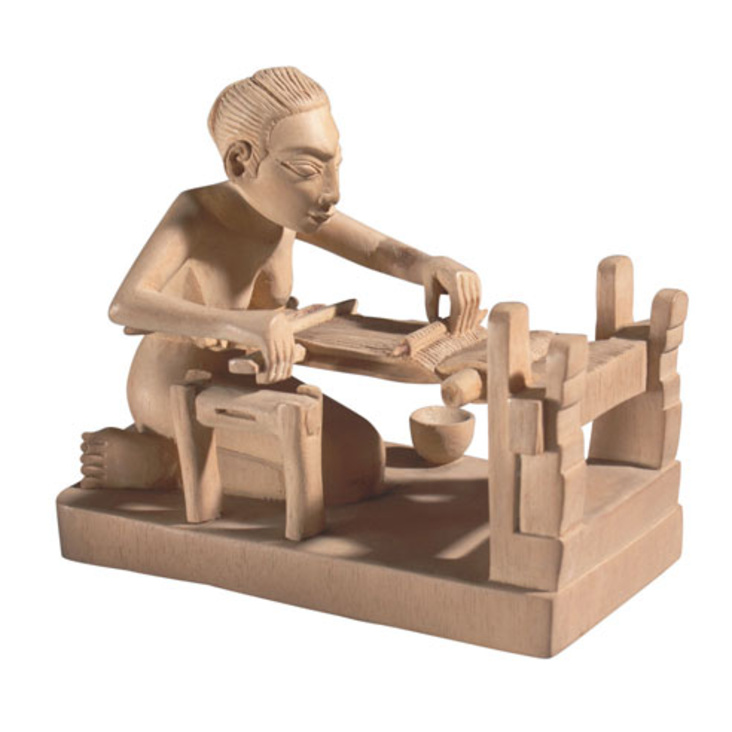Textile production and consumption has played a central role in the economy of the Andes region of South America since the Inca Empire (AD 1400–1532). This book traces 1500 years of textile arts in the Andes, with a focus on chuspas, small bags originally designed to hold coca leaves; colorful and functional, chuspas are both aesthetically pleasing and technically sophisticated pieces of art. In an area noted for extreme weather, textiles produced from the wool of llamas, vicuñas, alpacas, and other indigenous animals were essential in protecting people from the cold and wind at high altitudes in the Andes. Often stunningly beautiful, these textiles were also demanded as tribute by the state, and offered as valuable gifts. Beyond their functional and aesthetic value, textiles have long played important ritual and social roles in Andean communities. Fully illustrated, this book offers an important introduction to the rich history and key roles of these textiles.
Nicola Sharratt is a postdoctoral fellow at the Field Museum, Chicago, specializing in South American anthropology.
Foreword
Author’s Acknowledgements
Introduction
Andean South America
Chuspas
The Coca Leaf
Coca through Time: Deep Roots and Changing Perceptions
Conclusion
Afterword: Exhibiting Chuspas
Notes
Checklist of the Exhibition
Bibliography
Index





















